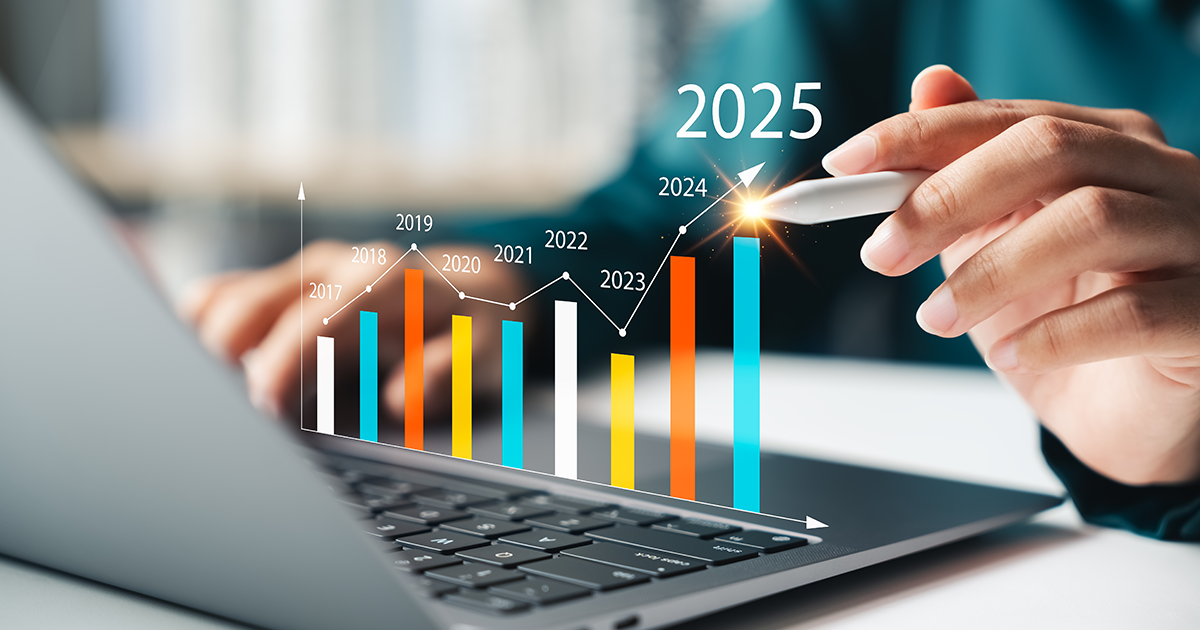Did you know that approximately 80% of U.S. companies lease some or all of the equipment they use to conduct business? When it comes to leasing equipment in today’s business world, people often think about standard office equipment such as printers and copiers, but there are multiple types of equipment that can be leased — from forklifts and phones to software and surveillance systems, and everything in between.
There are a lot of factors that go into a decision about leasing vs. buying equipment, along with pros and cons. For example, credit scores sometimes affect your ability to obtain a competitive loan rate. Your company’s tax situation could also play a role, although lease payments are often tax deductible as a business expense.
Why do many businesses choose to lease equipment rather than buy it? These top four benefits of leasing vs. buying equipment should be convincing enough.
- Minimal Upfront Capital
- Protection Against Obsolete Equipment
- Flexible Terms and Options
- Fixed Monthly or Quarterly Payments
1. Minimal Upfront Capital
Companies big and small are looking for ways to streamline the budgeting process and forecast expenses. When a major piece of equipment shows up as a line item, it can disrupt an entire organization’s business strategy and limit growth potential depending on the equipment financing solution they choose. Leasing usually doesn’t require a downpayment or other cash outlay like a long-term loan or outright purchase does.
Cash flow should be reserved for critical needs and initiatives that generate ROI, or be used for unexpected expenses or liabilities. Some equipment purchases can cost thousands or hundreds of thousands of dollars and require a major outlay of capital. Leasing allows for payments and maintenance costs to be stretched out over a longer period of time.
RELATED INFOGRAPHIC: To Lease or Not to Lease? Here is the Answer.
2. Protection Against Obsolete Equipment
That new smartphone in your pocket with all its features or the influx of digital assistants to the market should indicate just how quickly things can change...and how quickly other technologies can become obsolete. There are many technology innovations that have come and gone, and various business equipment can face similar obsolescence. It’s a risk that needs to be mitigated if you want to avoid unanticipated replacement costs and stay one step ahead of your competitors.
Today’s business landscape requires agile innovation with rapid and constant adaptations. With a lease agreement, there are typically opportunities to return the equipment if it becomes obsolete before the end of its expected life, or if your business needs change. Leasing companies may be able to modify the lease term so you can upgrade your equipment and take advantage of newer technology. Or, if you still like your equipment, you can make arrangements to extend the lease.
Some companies prefer to arrange a lease-to-own agreement which gives them the option of purchasing equipment outright at the end of the lease term. As quickly as business environments and markets can shift, it’s good to have the flexibility of a lease to mitigate the risks of obsolescence and rapidly evolving technology.
3. Flexible Terms and Options
The length or term of a lease agreement can be structured to help your organization’s budget and achieve a more desirable monthly payment, or payment schedules may be shifted from monthly to quarterly if preferred. Other terms of the lease can also be modified, including the commencement date and first payment date, as well as which day of the month you’d like payments to be due.
You’ll also want to consider your end-of-term stipulations and which options are best suited for your business model and financial situation. Leasing provides flexible options that are often lacking in standard loan agreements. A localized leasing agent who is familiar with your local market usually has greater flexibility and is able to provide more lease agreement options.
4. Fixed Monthly or Quarterly Payments
A major disruption to business is fluctuating or unexpected expenses from one month to the next. If forecasting expenses and managing budgets and cash flow are important to you, leasing is an ideal solution. A lease offers fixed payments over time, providing your business with consistency for planning purposes.
The fixed payment amount also provides protection against interest rate increases, which we all know are a major concern during this time. Leasing can hedge against potential inflation increases in the future.
For most businesses — whether a large corporation or a small business owner — leasing is usually more economical and sensible. Take a deeper dive into the lease vs buy equipment question by downloading our infographic below. It includes information on various types of lease agreements, a list of equipment that can be leased — many that might surprise you — and more.
Then, contact the Gordon Flesch Company’s team of experts to talk through your leasing options.










